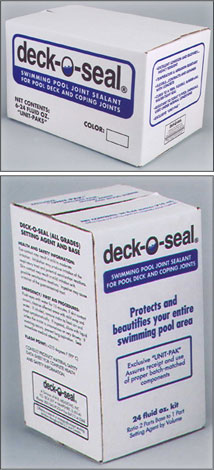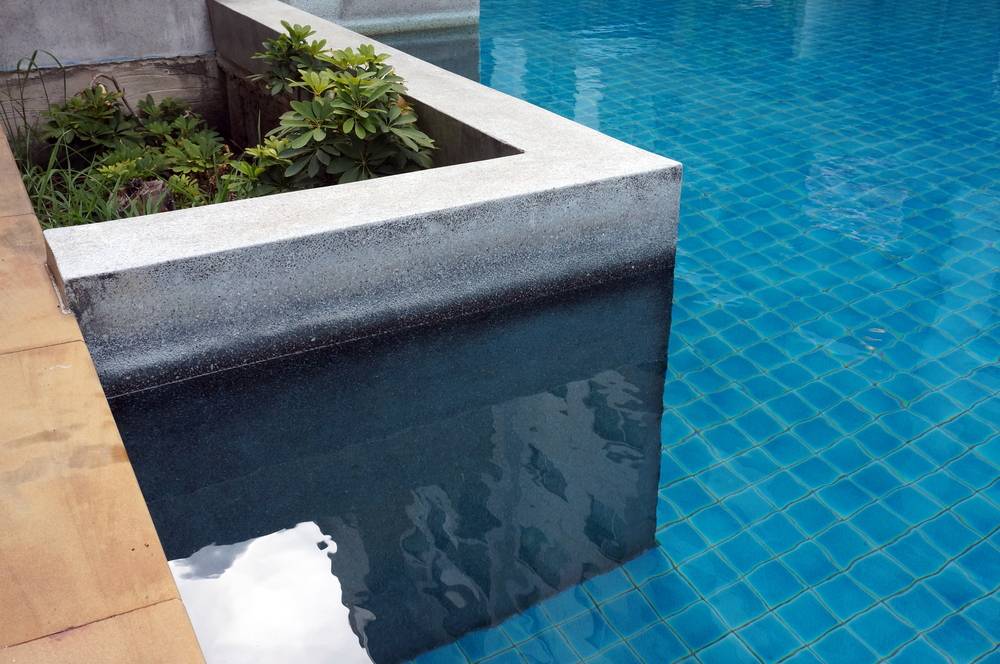Hey all,
I have these cracks around the edge of my pool, and also worn areas in the plaster.
The pool is about 13-14 years old, I’ve owned it for 4, and been taking care of it myself for just the last few months.
Looking for honest feedback about how bad (or not) the plaster looks, and how much time I may realistically have before a replaster. I am in central Texas. (And yes I notice some little green algae areas in corners despite scrubbing and keeping the chlorine at 10 )
)
For the mortar crack, if I were to redo this myself, is the best bet to remove the existing and put in new sealant? If so, what product is recommended? (Or, is it fine and I don’t have to worry about it?)
Thank you!!
I have these cracks around the edge of my pool, and also worn areas in the plaster.
The pool is about 13-14 years old, I’ve owned it for 4, and been taking care of it myself for just the last few months.
Looking for honest feedback about how bad (or not) the plaster looks, and how much time I may realistically have before a replaster. I am in central Texas. (And yes I notice some little green algae areas in corners despite scrubbing and keeping the chlorine at 10
For the mortar crack, if I were to redo this myself, is the best bet to remove the existing and put in new sealant? If so, what product is recommended? (Or, is it fine and I don’t have to worry about it?)
Thank you!!
Attachments
Last edited:




















